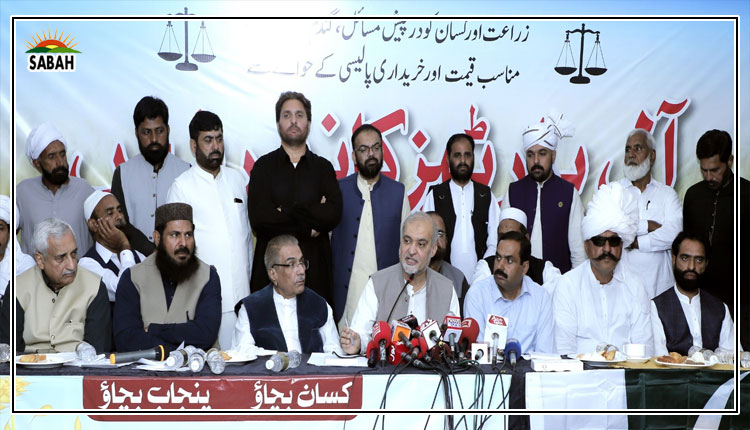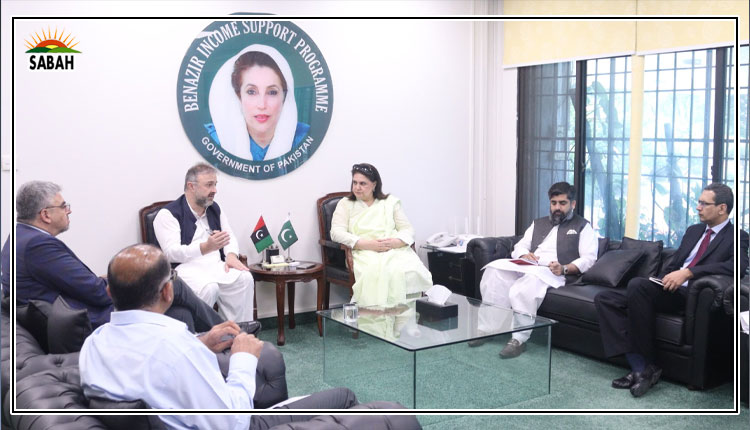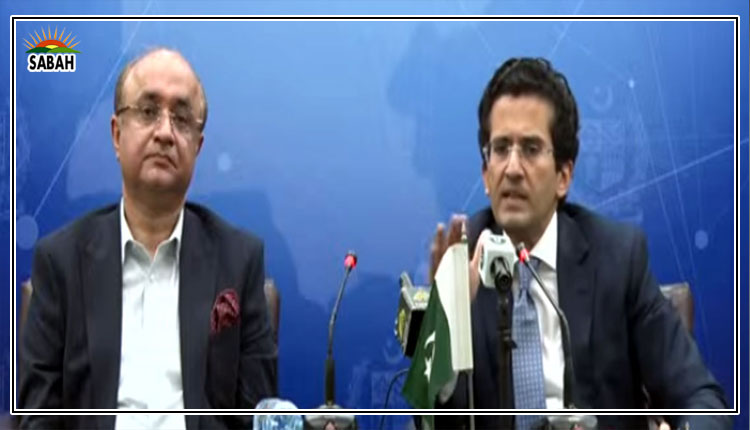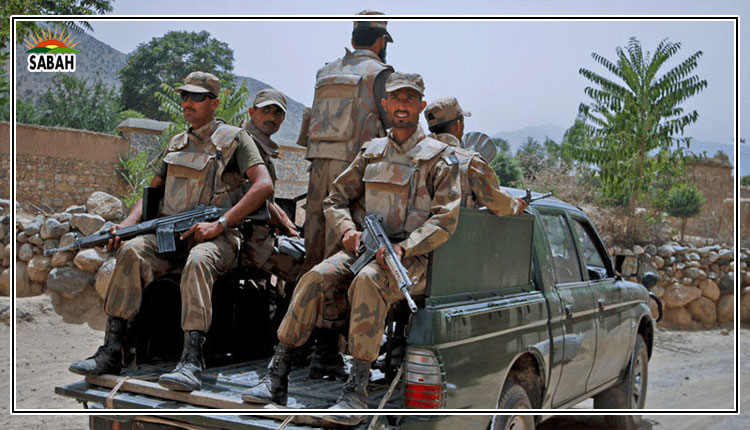The danger ahead…Huma Yusuf
OUT of control. Thats how the UN described the pace of climate change last week. The days leading up to last Wednesday were the hottest on record. July was the hottest day on Earth in 125,000 years, signalling that were now well on track for average temperatures to increase by three degrees Celsius by the end of the century. And this is just the beginning.
Pakistan is once again suffering the consequences of a rapidly heating planet. At least 50 people, including eight children, have died since June 25 in floods and landslides triggered by heavy monsoon rains. Lahore last week received record-breaking rainfall, and Karachi had only just finished breathing a sigh of relief at dodging Cyclone Biparjoy when it is forced to brace for rain. We talk about the 2010 and 2022 floods as freak, one-off disasters. But they are our new reality, reflecting the global 134 per cent increase in climate change-related flooding since the turn of this century.
As our planet approaches climate tipping points, Pakistan will find itself in alternating cycles of flooding and drought, worsening in frequency and intensity with each passing year. For that reason, whoever becomes the next prime minister must put climate change adaptation and mitigation at the centre of all policymaking.
The hype last year around loss and damage funding announced at the 2022 UN climate change conference COP27 after gaining impetus from Pakistans experience with devastating floods seems to have unleashed, counter-intuitively, complacency among our policymakers. They now dream of foreign funds flowing into climate finance projects. But discussions in the run-up to COP28 later this year should serve as a reality check that loss and damage fund disbursements will not be coming anytime soon.
Pakistan will find itself in cycles of flooding and drought.
Questions about such funding persist. Where will the money come from? We know that high-emitting, rich countries will be on the hook, but beyond that, details remain elusive. Will funds be generated through carbon taxes or other levies? Will states offer grants or partner with the private sector to mobilise capital? How will financing be structured and amplified? And most importantly, what counts as loss and damage? The last is a tricky question because it could encompass everything from immediate humanitarian assistance to more long-term investments into climate-adaptation projects aimed at minimising loss and damage. Will we fund the prevention or the cure?
In all scenarios, loss and damage funding is likely to be conditional. There are likely to be expectations that countries receiving loss and damage funding have good disaster management plans, emissions reductions strategies, green transition pathways, and relatively stable economies and governments. Recipients will also have to evidence some rule of law, transparency and accountability, to ensure that funding is properly deployed. Pakistan is sadly struggling on all these counts.
Ironically, this struggle itself is often cited as a reason why Pakistan is not tackling the climate challenge more aggressively. A common refrain is that we cant afford to think about the green transition, that climate change adaptation and mitigation are luxuries for the developed world. Pakistanis, we counter, have to prioritise feeding themselves and powering their homes and factories.
But the fallacy of such thinking is increasingly being challenged. For example, there is no feeding ourselves without dealing with climate change. An article published last week in Nature Communications points to the risk that warming jet streams could lead to simultaneous harvest failures in major food-producing countries, presenting a severe threat to global food security. The article emphasises that such a phenomenon has not yet been properly modelled and so is poorly understood, but that basic global food security is certainly not guaranteed. Indeed, breadbasket failures would take us back to the eras of mass famine and resulting social instability, even conflict.
Pakistans lack of planning in the face of such impending disaster is arguably its greatest political crisis. And thats saying something, given how recent events have played out. A key danger of any technocratic, stitch-up government that may emerge is that rather than find meaningful routes to climate adaptation and resilience, it is swayed by the promise of climate tech, geo-engineering or fanciful carbon capture technologies. After all, its easier to plan for a future in which a problem is miraculously solved, rather than one in which the only way to avert state failure is to find an inclusive, equitable way to share increasingly meagre resources. Todays ruling elite and their power brokers are not up to the task, and were now fast running out of time.
The writer is a political and integrity risk analyst.
Twitter: @humayusuf
Courtesy Dawn, July 10th, 2023












